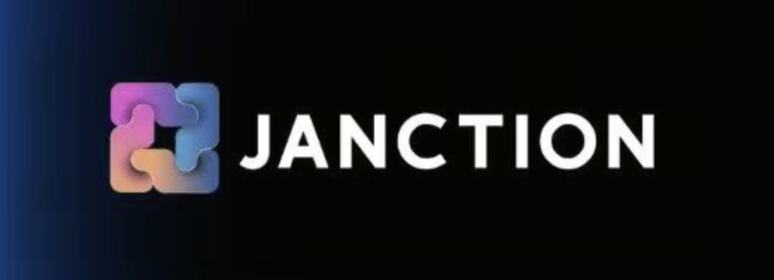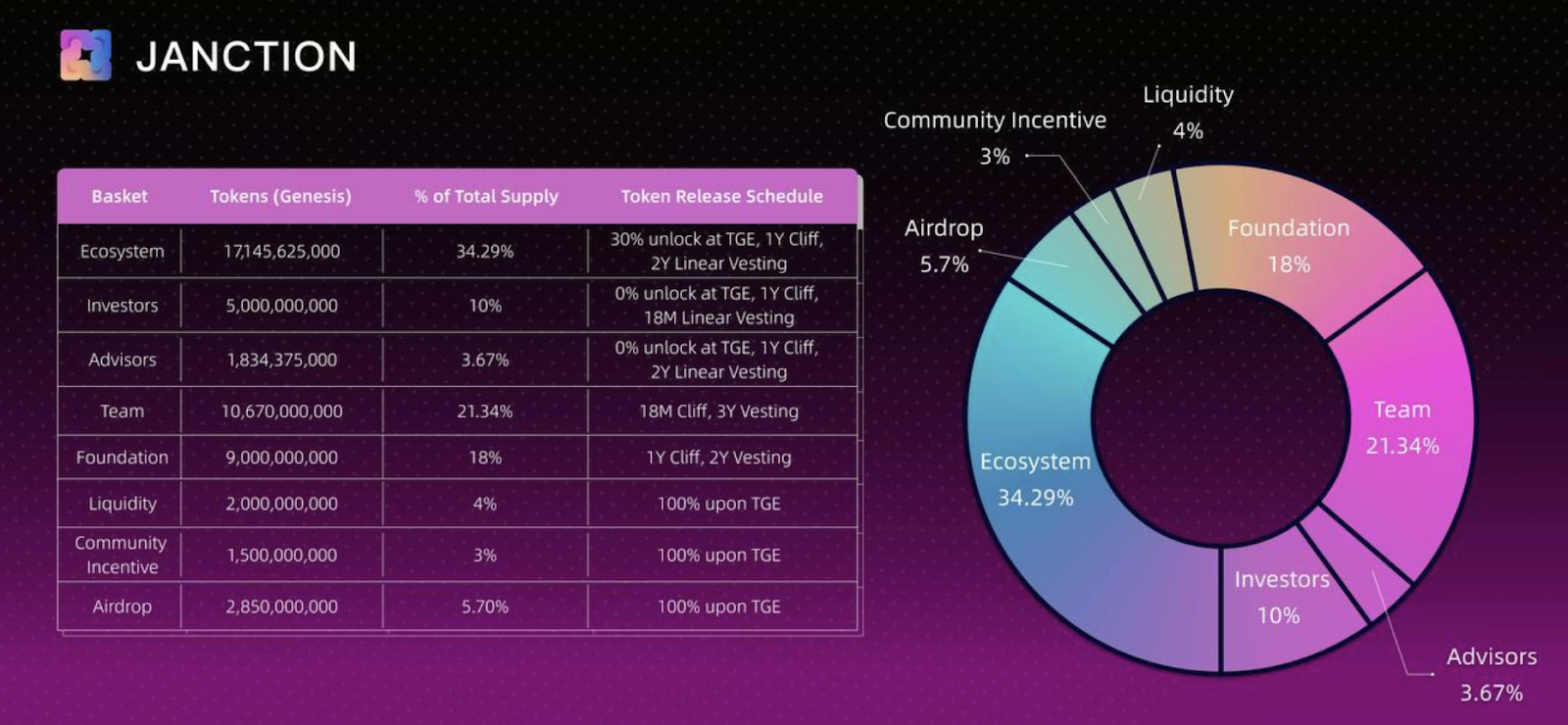What is Janction (JCT)?
What Is Janction?

(Source: JANCTION_Global)
As artificial intelligence and blockchain become increasingly integrated, Janction delivers a breakthrough Layer2 solution that brings AI services to users worldwide in a way that is verifiable, collaborative, and scalable. By leveraging smart contracts, Janction automates management of machine learning models, GPU computing resources, data ingestion, and annotation processes. This approach builds a truly decentralized and efficient AI ecosystem.
The project aims to create a global distributed computing marketplace. The Janction GPU Marketplace aggregates diverse GPU resources, offering users more affordable and high-performance compute power.
Janction's Core Use Cases
Janction's Layer2 AI platform delivers a wide range of AI services tailored to various industry needs:
AI Image Generation
Transforms text descriptions into images, empowering designers, advertisers, and e-commerce professionals to generate content efficiently. It also enables social platforms to create AI-powered virtual characters and wallpapers.Speech-to-Text and Text-to-Speech
Users can convert text into speech or transcribe audio recordings to text. This functionality supports video subtitles, AI customer service, podcast narration, and voiceovers for short-form videos.Video Enhancement and Processing
Upload videos for AI-powered enhancement, including restoration of archival footage, super-resolution scaling, color and noise optimization, and slow-motion effects—dramatically improving the quality of short videos.Object Detection and Image Analysis
AI analyzes images and videos for surveillance or industrial inspection, such as detecting people in security feeds, identifying defects in manufacturing, and real-time object recognition for autonomous vehicles.Private Large Language Models (LLM)
Users can deploy private, ChatGPT-style LLM services to safeguard data and comply with regulations requiring localized data processing in finance, healthcare, and government. Shared GPU resources help reduce long-term operational costs.
With these versatile applications, Janction not only delivers AI compute services but also weaves in blockchain security and immutability throughout every AI workflow. This ensures data integrity and fosters user trust.
Janction System Architecture

(Source: docs.janction)
Janction's technical framework comprises three core components: Blockchain Layer, Distributed Resource Pool, and GPU Marketplace.
Blockchain Layer
Serving as the settlement and data access layer of the decentralized AI system, the blockchain layer securely stores content, transaction details, and reward allocations. Using Janction Extension, users can upload browsing data, ChatGPT Q&A, social app usage, and more. Each activity is signed and recorded on-chain. The Layer2 protocol validates transactions and logs them on the blockchain, employing a Proof-of-Contribution consensus mechanism that rewards users proportionally to their input, with all transactions preserved in the Data Availability Layer.Distributed Resource Pool
Janction aggregates user-contributed GPU resources into a containerized microservices architecture. Different GPU types are split into virtual GPUs (vGPUs), each offering equal compute power and memory and pooled via VxLan. When GPU resources are needed, the platform allocates them using routing and scheduling algorithms, with rental rates set by the PVCG Mechanism. Microservices communicate via RESTful APIs, and Backend APIs provide user access to services.GPU Marketplace
This integrated platform enables users to manage profiles, nodes, monitor services, and access system reports. A built-in reputation system assesses resource value and mitigates malicious behavior. Users—from individual developers and startups to large enterprises—can find computing power that best fits their needs, maximizing resource sharing.
Janction Ecosystem & Community Incentives
Janction centers its ecosystem on community engagement, with the $JCT token playing multiple roles:
GPU Supply Staking & Bidding
Payments & Network Usage
Governance & Ecosystem Development
Network Contribution & Functional Recognition
Through these functions, $JCT is more than a medium of exchange—it is the driving force for ecosystem participation, compute resource contribution, and governance.
Tokenomics
Janction's native token $JCT has a total supply of 50,000,000,000, with 22.99% circulating at TGE. The allocation strategy incentivizes community engagement, maintains ecosystem stability, and ensures long-term commitment from the core team.
Token Allocation Overview
Ecosystem Incentives (34.29%): Rewards contributors and GPU providers, and drives platform features and app development.
Team (21.34%): Allocated to core development and operations teams, ensuring sustained participation and alignment with community interests.
Foundation (18%): Funds strategic project development, product upgrades, and market growth to support long-term platform health.
Investors (10%): Protects early investor interests and attracts strategic partners.
Airdrop (5.7%): Community incentives and outreach to spur new user adoption and engagement.
Liquidity (3%): Maintains exchange stability and market depth for robust price discovery.
Advisors (3.67%): Rewards professional advisors, supporting technical and business decisions.

(Source: JANCTION_Global)
$JCT is designed to foster prosperity for both the ecosystem and community. Resource providers, AI model users, and contributors all receive rewards—this approach supports a sustainable economic cycle.
To learn more about Web3, click to register: https://www.gate.com/
Conclusion
Janction delivers more than just an AI compute platform—it is a verifiable, scalable, and highly interactive AI ecosystem. Smart contracts, GPU resource pools, Layer2 transaction validation, and an open, transparent GPU Marketplace seamlessly connect AI computing with blockchain. For developers, Janction provides cost-effective, high-performance compute resources; for enterprises and creators, it offers secure, scalable, and controllable AI services; for the community, the $JCT token serves as the central tool for participation, contribution, and governance.
Janction's vision is to build a global distributed AI compute marketplace—removing centralized constraints and reliance on single vendors and creating an ecosystem that enables every user to participate, contribute, and benefit.
Related Articles

Pi Coin Transaction Guide: How to Transfer to Gate.io

Flare Crypto Explained: What Is Flare Network and Why It Matters in 2025

How to Use a Crypto Whale Tracker: Top Tool Recommendation for 2025 to Follow Whale Moves

What is N2: An AI-Driven Layer 2 Solution

Understand Baby doge coin in one article
